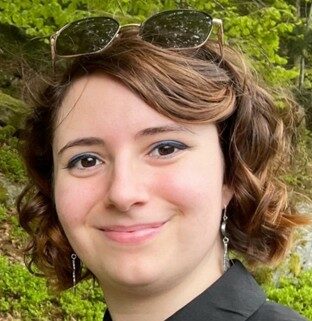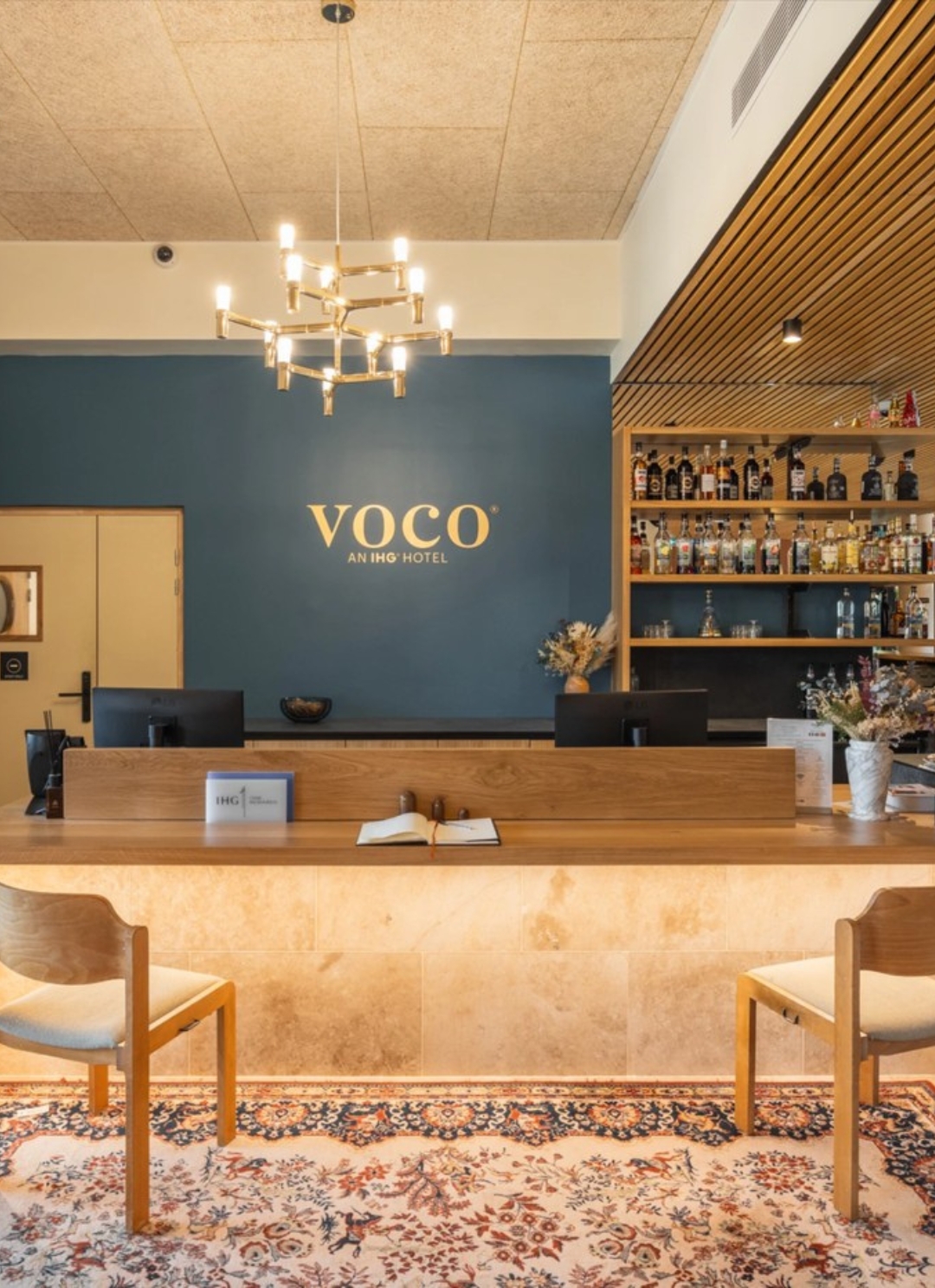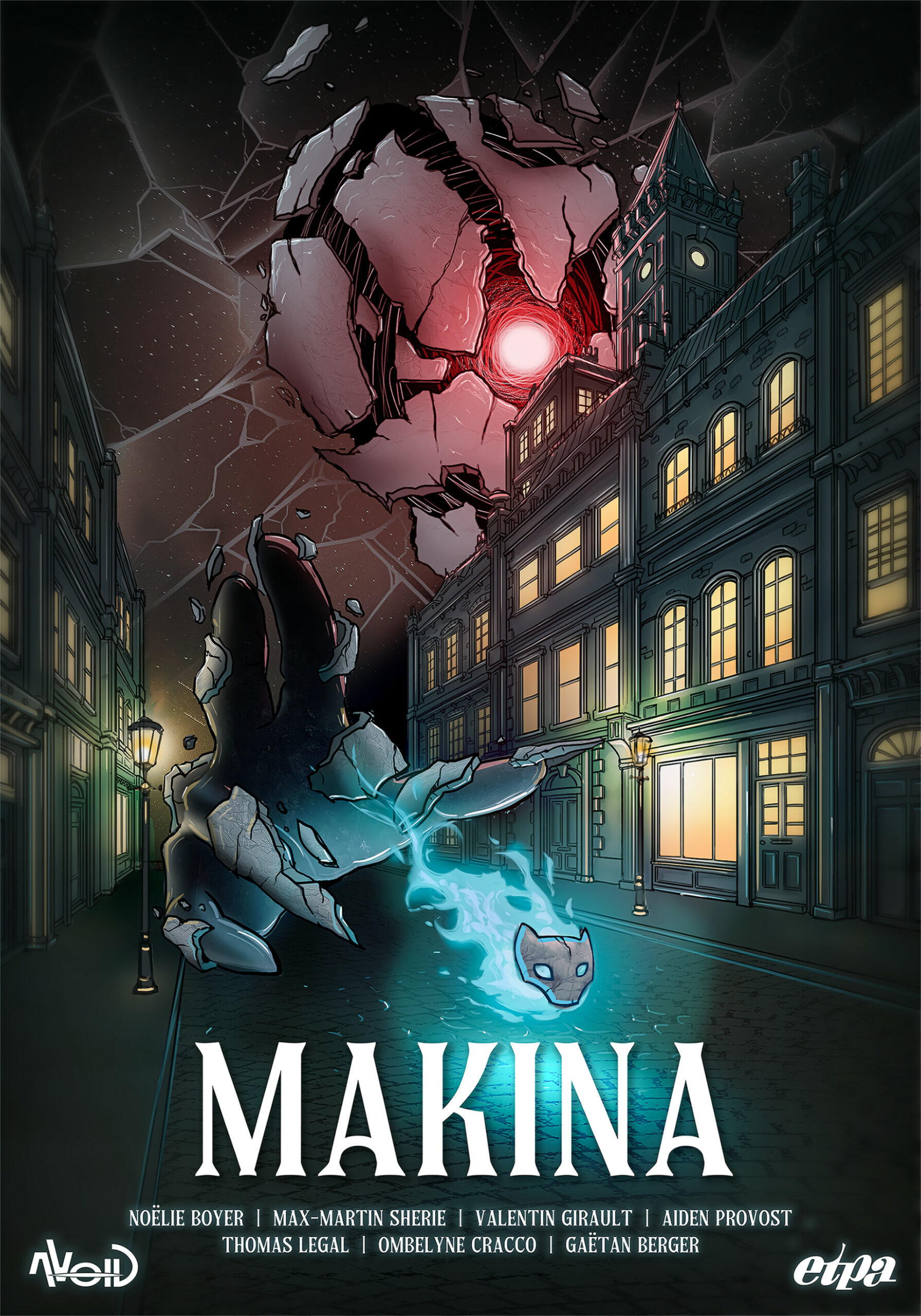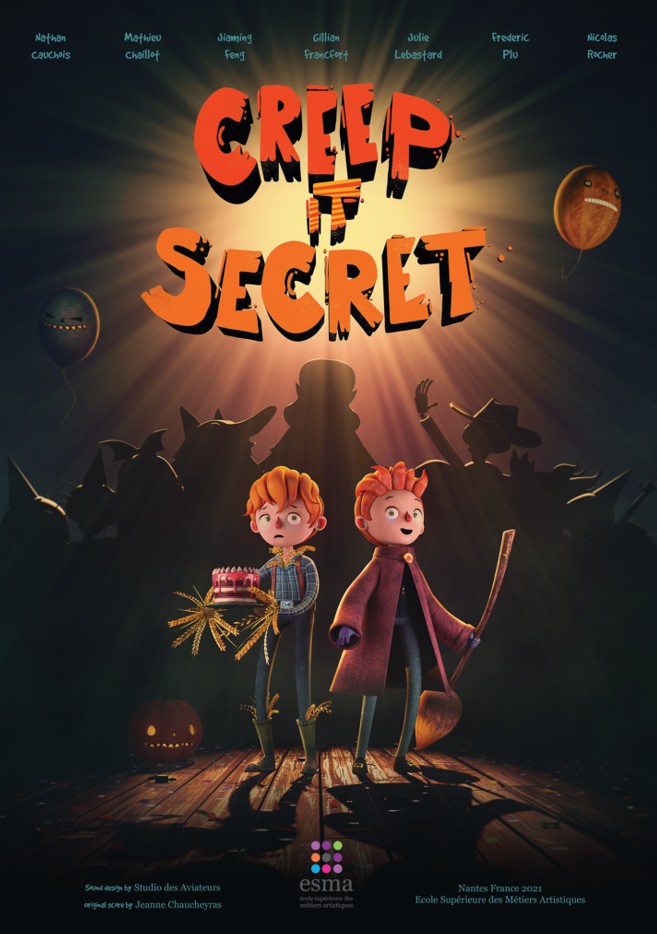
Maëlle Gressé-Denois fervently embodies the philosophy of asserting her passion in every animated feature and taking the road to success with determination. In this exclusive interview, we take a look at Maëlle's promising career as a future 3D animator, where passion becomes a driving force and success an inevitable destination. Take a behind-the-scenes look at her training at ESMA, the challenges that forged her ambition, and find out how she fuses technical, artistic and interpersonal skills on her path to 3D animation.
Hello Maëlle, can you introduce yourself in a few sentences?
Hello, I’m Maëlle Gressé-Denois, approaching my 23rd birthday. My academic career took place at ESMA, on the Lyon campus, where I followed a four-year vocational course entitled ‘3D Animation and VFX’. I was delighted to graduate in 2022. My total commitment is focused on 3D animation, with a particular emphasis on character animation.
Thank you, what does your training involve?
At ESMA, our training encompasses a range of professions, from pre-production to post-production. This approach is particularly rewarding, as it gives us considerable versatility, enabling us to explore the whole world of film production. In the third year, you have to choose a specialism, a major, which becomes your main subject. Naturally, I chose animation because of my ultimate aspiration to become a 3D animator. My favourite area is character animation, where we work to give the character emotions in a given space, with the aim of telling a story that is as captivating as possible.
What qualities do you think you need for this profession?
To work as an animator and progress in the field of production, the artistic dimension is essential. The multiple hazards we face immerse us in an unexplored universe full of challenges. Whether in 3D design or narrative construction, an artistic perspective and a sense of observation are essential.
In the field of animation, reality and knowledge of how bodies work are of paramount importance. Understanding the articulation of elements and paying meticulous attention to details such as the perception of time and space are crucial skills. Mastering and understanding the subtleties of each movement creates results that are nothing short of magical.
What do you enjoy most about your job?
What gives me the most satisfaction in this job is the creative and narrative aspect. We live in a world dedicated to the imaginary, and our work is closely linked to technology, because we have in our hands something inanimate that has to come to life. The extraordinary thing about our job is our ability to breathe life into digital characters.
Do you face any particular challenges in carrying out your various assignments?
Each production has its own unique characteristics, and adapts to different artistic directions, worlds and stories, making it a constant challenge. Rigour remains the cornerstone of this profession, requiring meticulous fidelity to the instructions received.
In animation, we are a collaborative team, working in a coordinated way to harmonise our efforts. What’s remarkable is that in some films it becomes hard to discern who animated the different scenes, testifying to the extraordinary consistency achieved.
Why did you choose this route?
When I was young, my passion for drawing, cartoons and computers was predominant. After extensive research, joining ESMA was the obvious way to combine these three interests. With the ambition of becoming a 3D animator, I embarked on this exciting adventure. When I arrived at the school, I discovered the breadth of the animation and production professions, and managed to reconcile work and passion.
Tell me about the path that led you to your current position?
It was at secondary school that I really realised that I wanted to go into 3D animation. I quickly realised the importance of developing artistic skills and broadening my horizons by acquiring language skills, particularly in English. The ability to interact with a varied public, especially in the artistic field, seemed to me to be a necessity. As soon as I passed my literary baccalauréat, I jumped at the chance to study at ESMA, a course in which I had total confidence. My experience at ESMA turned out to be an exceptional adventure, and if I had to do it all over again, I wouldn’t change a thing.
Why did you choose ESMA rather than another school?
The quality of the courses offered by ESMA was one of the main criteria in my choice of school. The end-of-studies short films produced by the school are exceptional, and it’s always a pleasure to watch them. What’s more, the school’s international reputation has played a decisive role, offering recognition of quality on a global scale. The teachers who run the courses are professionals in the field, providing unquestionable expertise. The lecturers are passionate about what they do, and enthusiastic about sharing their love of the profession.
Did ESMA give you anything more than the training?
Apart from the courses, what has really marked my way of working is the presence of international classes on the Lyon campus. This gives us the opportunity to interact with people from all over the world, creating a dynamic cultural exchange that is particularly enriching. Throughout my studies, I have had the opportunity to rub shoulders with people from Venezuela, China and other parts of the world, offering a diversity of perspectives on the professional world. Outside our respective fields, we don’t usually get the chance to experience such a cultural exchange, and I’m deeply grateful for this exciting experience. It offers a refreshing perspective, away from the often Western view of things.
In conclusion, would you have any advice for a future graduate?
Hang in there, because at the end of the day, you’ll be taking on extreme and extremely exciting jobs. Those who work in this field are lucky, because they have the power to bring dreams to life by turning projects into reality. The road to getting there is long, complex and full of pitfalls, but with hard work and determination, you’ll achieve great things. It’s worth the effort, so don’t hesitate to create a network, because the interdependence of individuals is a crucial aspect of this profession. Bear in mind that this is a technical, artistic and relational field. It’s essential to see yourself in the plural, because we’re a team working towards a specific result.
A word from the editor
Maëlle’s words resonate: “The extraordinary thing about our profession lies in breathing life into characters who are initially devoid of movement.” From her training at ESMA to her passion for 3D animation, every pixel in her path points to an artist ready to make dreams come true. The future promises an exciting fusion of innovation, creativity and success.






